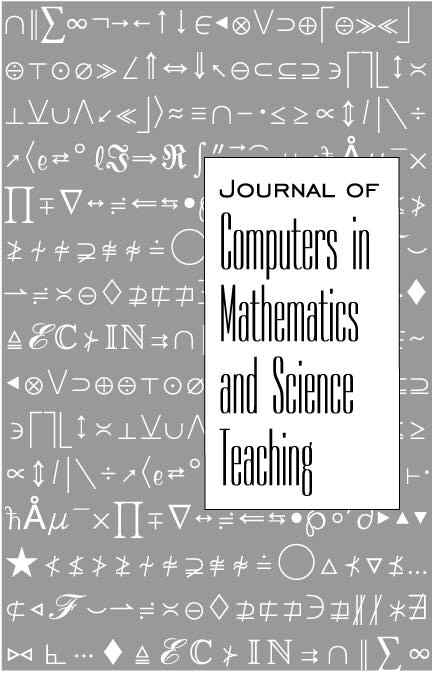
Conceptual Visibility and Virtual Dynamics in Technology-scaffolded Learning Environments for Conceptual Knowledge of Mathematics
ARTICLE
Julie McLeod, George Washington University, United States ; Sheri Vasinda, Oklahoma State University, United States ; Mary Jo Dondlinger, Richland College of Dallas County Community College District, United States
JCMST Volume 31, Number 3, ISSN 0731-9258 Publisher: Association for the Advancement of Computing in Education (AACE), Waynesville, NC USA
Abstract
This article adds to the growing body of research surrounding the use of virtual manipulatives for mathematics learning. The study reported herein used five different virtual manipulatives from four different websites, all within a sixth grade unit on proportional thinking. While many studies have reported on student achievement when using virtual manipulatives, the researchers in this study consider achievement a baseline and evaluated the manipulatives from the perspective of the student, examining aspects of the virtual manipulatives that led to self-regulated learning behaviors, discovery and learning of the underlying mathematical concepts under study, constructive emotional connections to learning and more. From these findings of the study, a Multidimensional Virtual Manipulative Evaluation (MVME) Tool is developed as a means to evaluate the potential effectiveness of a virtual manipulative. Students’ perceptions of welcome versus unwelcome scaffolds are also discussed within the context of virtual manipulatives.
Citation
McLeod, J., Vasinda, S. & Dondlinger, M.J. (2012). Conceptual Visibility and Virtual Dynamics in Technology-scaffolded Learning Environments for Conceptual Knowledge of Mathematics. Journal of Computers in Mathematics and Science Teaching, 31(3), 283-310. Waynesville, NC USA: Association for the Advancement of Computing in Education (AACE). Retrieved August 6, 2024 from https://www.learntechlib.org/primary/p/39274/.
© 2012 Association for the Advancement of Computing in Education (AACE)
